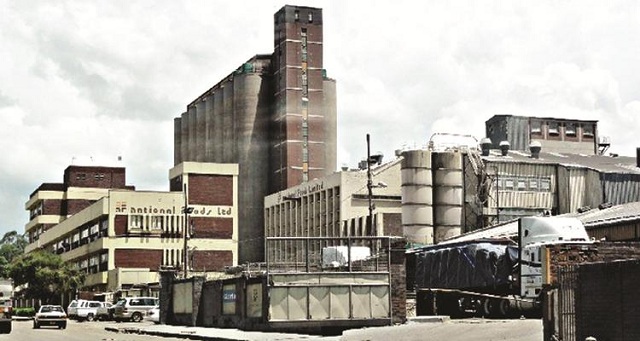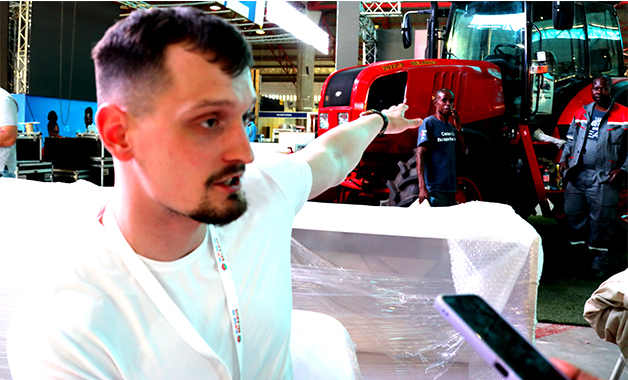Locals to establish Filabusi cement plant

Prosper Ndlovu, Business Editor
A GROUP of local entrepreneurs plans to establish a cement manufacturing company in Filabusi, Insiza District, with an annual output capacity of 500,000 tonnes.
The multi-million dollar investment project is expected to create between 500 to 1,000 job opportunities for locals, group representative, Philani Mpofu, said.
Mpofu, who runs an engineering and construction firm based in Bulawayo, said major preliminary works have been done to ensure successful establishment of the firm in the limestone-rich district. Limestone is a major raw material for cement manufacturing.
“We started working on this project in 2014 and have covered a lot of groundwork. Because this is a massive project we’ve engaged Danish Cement Consultants to assist us in rolling out the project,” said Mpofu.
“So far we’ve done the aerial topographic survey using 3D technology with a Namibian firm. We’ve completed mineral deposit identification and security with the Ministry of Mines and Mining Development.
“We’ve also done an environmental prospectus with EMA who’ve given us the greenlight to conduct a full environmental impact assessment (EIA).”
Mpofu said preliminary geological surveys of limestone deposits as well as consultations with the local community and political leadership have been satisfactorily done.
“Working with our consultants, on Friday we did an assessment of the communication infrastructure, that is, the railway and road network and its capacity. We also met Hwange Colliery Company management on coal supply issues for the proposed plant,” said Mpofu.
“At the moment we’re in talks with Zesa for electricity connection. Ideally we’ll need 10MW but we’ve tabled different options to the power utility to cut the costs.”
Mpofu would not disclose the total investment value and other partners involved but only said his team was “working with potential investors that can’t be disclosed right now”.
He said his team visited different countries in Europe in March last year to identify and inspect suitable machinery for the project.
“We now know the suitable equipment for the project and only need to match that with our geological survey. For your own interest, this is modern equipment that can use alternative energies such as plastics, used tyres and animal waste, which are environmentally friendly,” said Mpofu.
He said his team was also engaged in negotiations with third parties who have expressed interest in establishing a 5MW solar plant near the proposed cement site.
Mpofu said their investment was informed by projected growth in the construction industry in Africa as a whole, including Zimbabwe, which would require a huge supply of cement.
“Africa is projected to have up to two billion people by 2030. Using demand analysis there’s already a gap in cement supply in the continent that we need to bridge.
“Africa is the next global economic focus and development of infrastructure is at the centre of it all. Zimbabwe is set for economic boom and should projects like Batoka Gorge start, existing cement producers won’t cope with demand,” said Mpofu.
“No wonder why people like Aliko Dangote (Nigerian billionaire) are coming in because they see this opportunity. Both foreign and local market is ripe. This is a long term investment and that’s why we’re working on it now.”
Dangote visited the country last year and expressed interest in investing in cement production among other mining ventures. Danish Consultants managing director, Flemming Peterson, confirmed working with Mpofu’s team and said the project was viable although more work still needed to be done.
“We’ve been working with Mpofu and his team since last year and we’re satisfied with progress made so far. We’re assisting them in processes involving identification of raw materials, processing, distribution, engineering design of the cement plant and other production related aspects,” he said.
“It’s ideal that the plant be situated in Filabusi because that’s where its main raw material, limestone, is found. There are good deposits there and also a railway line at Mbalabala, which is 20km from the plant site as well as a good road network. These are preliminary stages but a lot of work needs to be done and our target is to have the company running by end of 2018 to 2019.”
Insiza North MP Andrew Langa also confirmed the proposed investment and expressed his excitement.









Comments